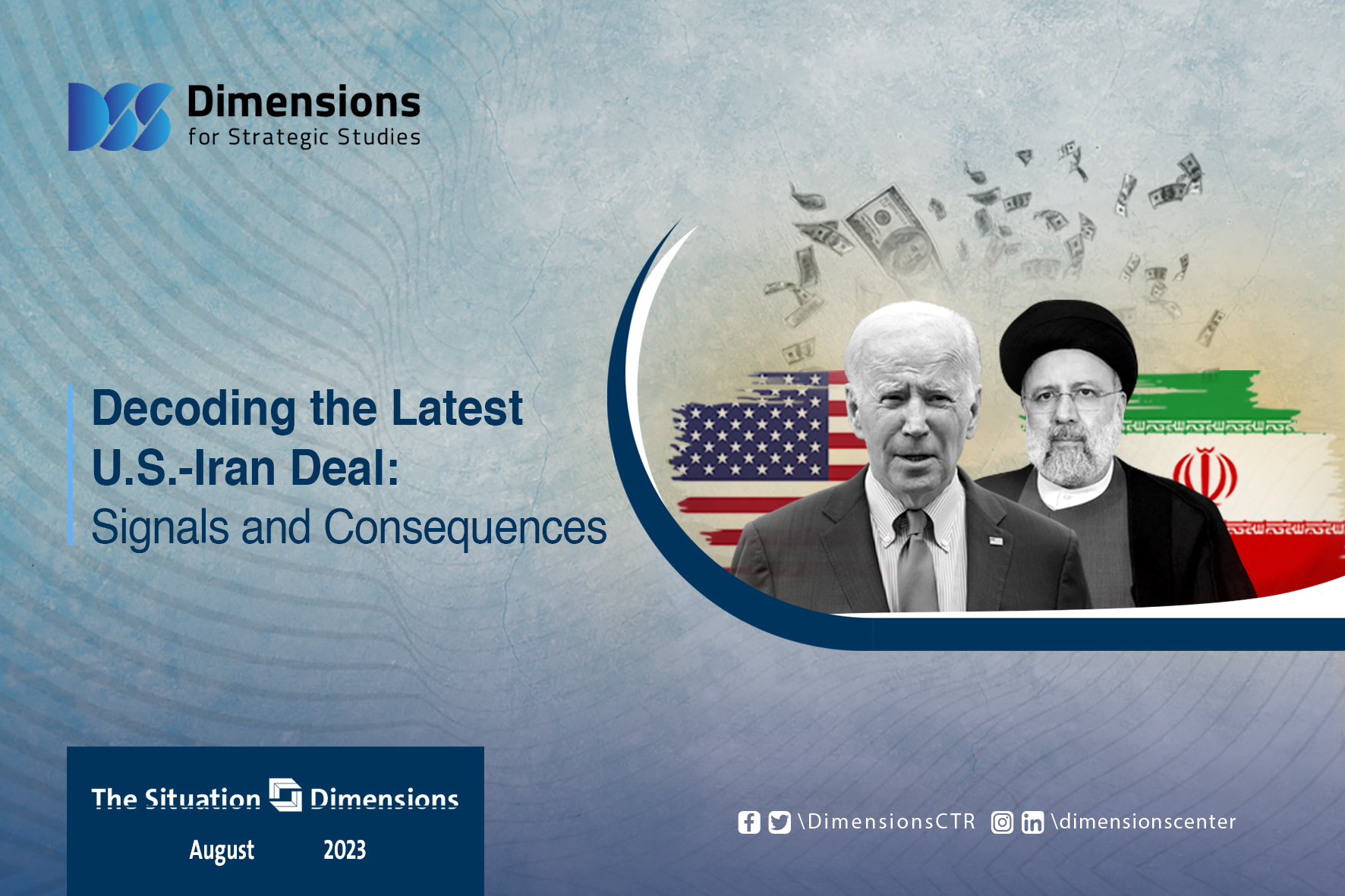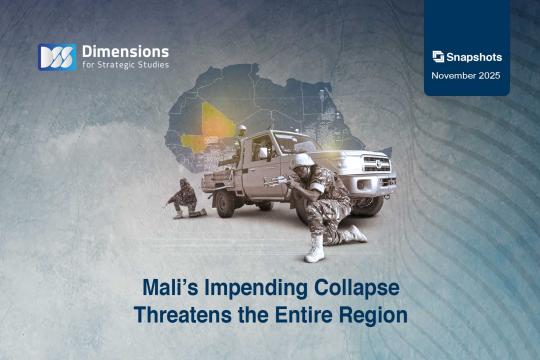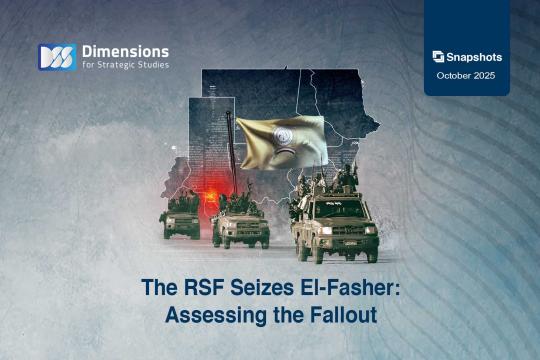
Decoding the Latest U.S.-Iran Deal: Signals and Consequences
2023-08-152366 view
The United States and Iran have brokered an agreement facilitating the release of five Americans held in Iran and an undisclosed number of Iranians incarcerated in the U.S. As part of the deal, Iranian financial assets, estimated to be between 6 and 7 billion US-dollars, will be unfrozen and transferred from South Korean banks to Qatar. The arrangement, mediated by Qatar, stipulates that upon the funds' arrival in Qatar, they will be placed in restricted accounts. These funds are designated solely for the purchase of essential humanitarian supplies, such as medications and food, items that are already exempt from the U.S. sanctions imposed on Iran after America's withdrawal from the nuclear agreement during the era of former President Trump.
The deal gains added importance set against the backdrop of escalating tensions and U.S. troop build-ups in the Gulf and Syria. Recent U.S. reports have also alluded to Iranian-Russian coordination to potentially target American military assets in Syria. As such, the deal invites speculation on whether it may be a precursor to reentering the Iranian nuclear accord. To better understand the deal's implications, we can pinpoint several critical aspects worthy of further analysis:
Without a doubt, the deal serves as a strategic move towards de-escalation, effectively managing and controlling tensions to avert the risk of a larger conflict between the two nations. This lends credence to the notion that the recent escalation and troop deployments were closely related to ongoing negotiations, part of a larger game of brinkmanship designed to tip the scales at the bargaining table in favor of better deal terms. Iran, it appears, has no interest in pushing the U.S. to a point that would necessitate a significant military retaliation. Similarly, the current Democratic administration in the U.S. is keen to avoid any military entanglements that could become an electoral stumbling block for its future leadership.
Certainly, the current Democratic administration is acutely aware of the cautionary episode from 1980, when President Jimmy Carter authorized Operation Eagle Claw. This failed military mission aimed to rescue American hostages in Iran and ended in the loss of eight American lives and the destruction of two aircraft. The operation's failure played a pivotal role in Carter's electoral defeat to his Republican rival, Ronald Reagan. Such historical lessons undoubtedly weigh heavily on today's leadership, emphasizing the perilous political and military implications of ill-fated interventions in Iran.
On the flip side, it's highly probable that Iran also has reservations about triggering a change in the U.S. administration towards a Republican leadership, which typically adopts a more hawkish stance against them. As such, Iran is inclined to avoid major confrontations that could either embarrass the current Democratic administration or provoke a robust U.S. military response against them. At this juncture, Iranian and Russian interests seem to diverge, as Russia would likely welcome the return of a Republican administration, particularly one led by Trump. This intricate balance of national and geopolitical considerations highlights the calculated care each side is likely taking to prevent inadvertently spiraling into a broader conflict.
Supporting the aforementioned hypotheses is the well-established trend that pro-Iran lobbying tends to be most effective during Democratic administrations. A salient example is the Obama administration, which was responsible for the signing of the nuclear deal. Trita Parsi, a significant player in the pro-Iran lobby, visited the White House no fewer than 30 times during Obama's time in office to engage in diplomatic maneuvers aimed at narrowing the differences between the two countries. These efforts ultimately culminated in the nuclear agreement. It's crucial to recognize that the current administration can be viewed as a form of continuation of the Obama era, given that President Biden was the Vice President under Obama. This contextual backdrop likely influences the strategic considerations of both sides.
The rapprochement between the United States and Iran is influenced by a range of factors related to domestic policies and the broader international political landscape surrounding the two nations.
In terms of domestic policies: The ideal scenario for rapprochement exists when Democrats are in the White House and "reformists" are in power in Iran. This dynamic was vividly illustrated during the tenure of Iran's "reformist" President Rouhani, under whose leadership the nuclear agreement was negotiated and signed with the Obama administration. This convergence of political forces in both nations sets the stage for more meaningful diplomatic engagement and potential collaboration.
When it comes to international politics, the United States' approach toward Iran varies based on the global landscape—be it unipolar, bipolar, or multipolar. In a bipolar global system, the U.S. is more likely to seek closer ties with Iran or aim to neutralize it from supporting its rivals. This was clearly visible when the U.S. backed the Khomeini revolution to keep Iran from aligning with communism. On the other hand, the U.S. leaned into exerting more pressure on Iran when it stood as the world's unchallenged superpower following the collapse of the Soviet Union, particularly under Republican President George W. Bush, who labeled Iran as part of the "Axis of Evil."
In today's evolving landscape, which is gradually moving toward multipolarity, some American policy analysts argue for a strategy to neutralize Iran and distance it from Russia and China. They contend that Trump's "maximum pressure" policy did not yield effective deterrence against Iran's uranium enrichment activities; rather, it incentivized Iran to escalate its enrichment and strengthen its ties with Russia and China. This nuance is also reflected in reports about the most recent deal, where discussions were held regarding the possibility of Iran reducing or halting its support for Russia in the ongoing conflict in Ukraine.
In terms of international politics, current relations between the United States and Israeli Prime Minister Netanyahu's government are notably tense. This tension indicates that Netanyahu has limited sway over American decision-making. Netanyahu has consistently taken a hardline stance against Iran and has been an opponent of the nuclear deal since its establishment under the Obama administration. Despite Israeli objections, Obama proceeded with the agreement. In a similar vein, the current American administration differs with Netanyahu on how to handle Iran's nuclear issue.
As an indicator of reduced tension within the framework of the recent agreement, American security sources have noted that Iran has decreased its stockpile of 60% enriched uranium in recent weeks and has also slowed down the pace of accumulating new materials.
It thus seems that the recent deal is also linked to efforts aimed at reducing Iran's escalation in its push to increase uranium enrichment. This serves as a temporary alternative to the full revival of the nuclear agreement. The challenges in reviving the comprehensive nuclear deal are amplified by Iran's demands for legislative guarantees from Congress that future administrations won't withdraw from the agreement. Concurrently, the Biden administration appears reluctant to deplete its political capital ahead of elections by lifting sanctions on Iran—especially amidst substantial opposition from Republicans. Iran's inflexibility in offering concessions that could persuade Congress further complicates the matter.
Based on the preceding data, it seems that the recent agreement serves as an interim substitute for attempting to revive the original nuclear accord. The deal also aims to pave the way for diplomatic channels that could forestall violent escalation between both parties. President Biden is striving to mitigate rising tensions in the broader Middle East, particularly in the face of escalating challenges such as deteriorating relations with Russia due to the situation in Ukraine, and mounting tensions with China over Taiwan-related issues and more. Enhancing relations between Iran and countries like Saudi Arabia and the UAE would strengthen Iran's regional role and better position it to meet various challenges.
This deal serves as a component of the current U.S. administration's strategy to shape the geopolitical environment and prepare for the upcoming elections. The agreement may well set the stage for future similar accords. Nevertheless, the prospect of fully reviving the faltering nuclear deal seems unlikely before the next American elections. Even if the current administration secures another term, the challenges to reentering the original agreement would remain multifaceted and daunting.





